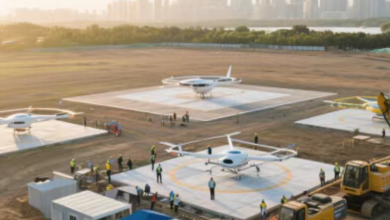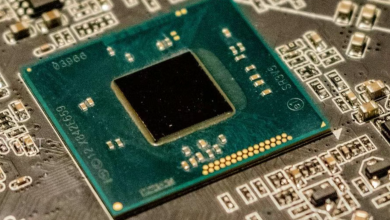I. Introduction
Laser welders are advanced machines that use highly focused laser beams to join metals with exceptional precision and minimal distortion. As of 2025, the demand for laser welding technology is rapidly growing across industries like automotive, electronics, and metal fabrication. With technological advancements driving both performance and price variation, understanding the true cost of laser welders has become more important than ever. Whether you’re a small business or a large manufacturer, choosing the right laser welder involves balancing features, power, and budget. This guide aims to break down the key cost factors, explore different types of laser welders, and help you make an informed investment based on your specific needs and financial expectations.
II. What Factors Affect Laser Welder Cost in 2025?
When researching a laser welder cost, it’s important to understand the various factors that influence pricing. These include the type of laser technology used—such as fiber, CO₂, diode, or Nd:YAG lasers—each offering different performance levels and maintenance requirements. Fiber lasers are often preferred for their efficiency and low upkeep, while CO₂ and Nd:YAG lasers serve specific industrial applications.
Power output is another key factor. Laser welders range from around 1000W to over 6000W, with higher wattage models enabling faster, deeper welds but increasing the price accordingly. Brand and country of origin also impact cost significantly. Machines manufactured in Germany or Japan tend to command premium prices due to advanced engineering, whereas Chinese manufacturers provide more budget-friendly options without sacrificing too much quality.
Automation and additional features further affect the price. Handheld models are generally less expensive and suitable for smaller jobs, while fully automated, multi-axis systems with integrated software and robotics can cost substantially more. Maintenance and consumable costs—such as cooling systems and lens replacements—should also be considered over the machine’s lifecycle.
Finally, industry-specific requirements play a role. For example, jewelers may need precision low-power welders, while automotive or medical manufacturers demand high-speed, high-accuracy equipment, justifying higher investments.
III. Average Price Range by Category
The cost of laser welders varies widely depending on their category and features. For those starting out or handling light-duty tasks, entry-level laser welders typically range from $3,000 to $10,000. These machines are usually handheld and offer basic functions, making them ideal for small workshops or jewelry repair.
For more demanding industrial applications, the industrial fiber laser welder is a popular choice, with prices generally between $15,000 and $60,000 or more. These systems provide higher power, faster welding speeds, and improved precision. The fiber laser welder stands out for its versatility and efficiency across various manufacturing sectors, including automotive and electronics.
At the high end, fully automated or robotic laser welding systems can cost anywhere from $70,000 to $150,000. These advanced machines come equipped with multi-axis controls, vision alignment, and comprehensive software, supporting high-volume production and superior weld consistency.
It’s important to note that prices may or may not include additional essentials like cooling systems, software licenses, operator training, and after-sales support. When budgeting, always confirm what’s included to avoid unexpected expenses and ensure a smooth implementation.
IV. Is It Worth the Investment? ROI & Use Cases
Investing in a laser welder can yield a strong return on investment (ROI), especially when compared to traditional manual welding methods. While the upfront cost may seem high, many businesses recover the investment within 12 to 24 months through improved production efficiency and reduced labor costs.
Laser welding significantly increases welding speed and accuracy, minimizing the need for rework and boosting overall productivity. It also ensures consistent, high-quality welds, which is critical for industries like electronics, aerospace, and medical device manufacturing, where precision is essential.
For small to mid-sized manufacturers, fiber laser welders offer a cost-effective solution to scale operations and remain competitive without relying on skilled manual welders, who are becoming increasingly hard to find.
However, a common mistake many buyers make is assuming that the lowest-priced machine offers the best value. In reality, cheaper models may lack critical features, require frequent maintenance, or fail to meet performance expectations—leading to long-term losses. A well-built, mid-range or high-end machine with solid after-sales support often proves more economical over time.
Ultimately, if you’re producing metal parts regularly or looking to increase throughput, a laser welder isn’t just a purchase—it’s a strategic upgrade that can transform your workflow and profitability.
V. Conclusion & Buying Tips
In summary, laser welder costs in 2025 depend on factors like laser type, power, brand, automation level, and industry needs. When choosing a system, set a clear budget aligned with your production goals and prioritize reputable manufacturers with certifications and reliable customer support. Don’t overlook the importance of features like remote technical assistance and included training to ensure smooth operation. Investing time in research will help you avoid costly mistakes and select a machine that delivers long-term value. For tailored recommendations and detailed pricing, feel free to contact us—our experts are ready to help you find the perfect laser welder to suit your specific requirements.




